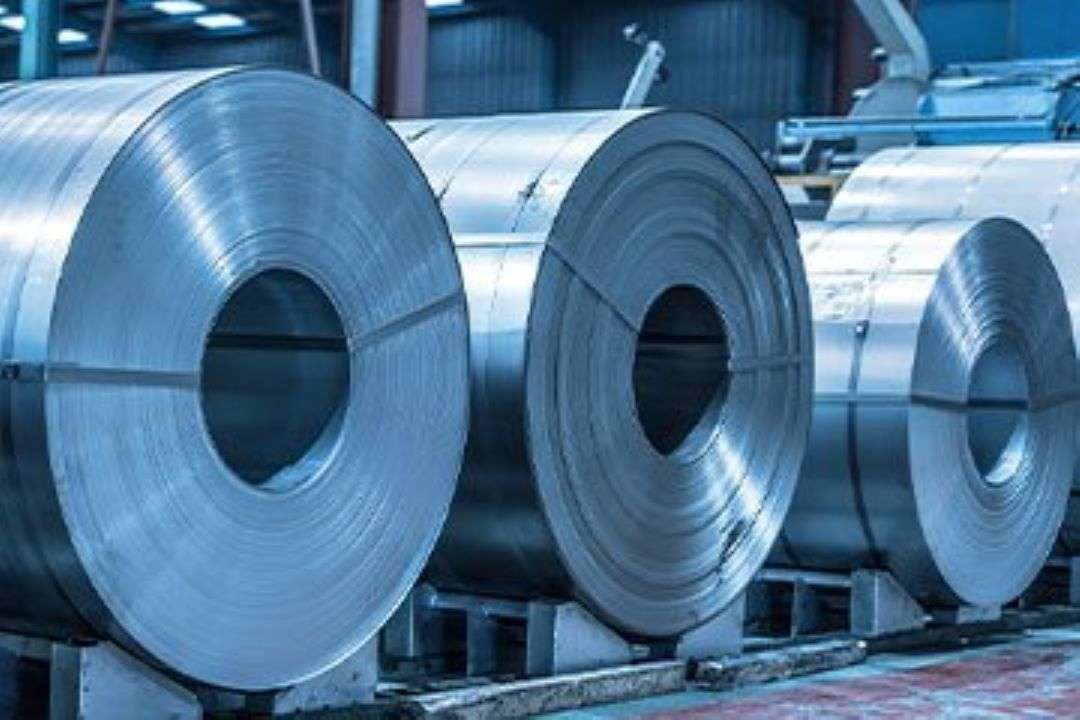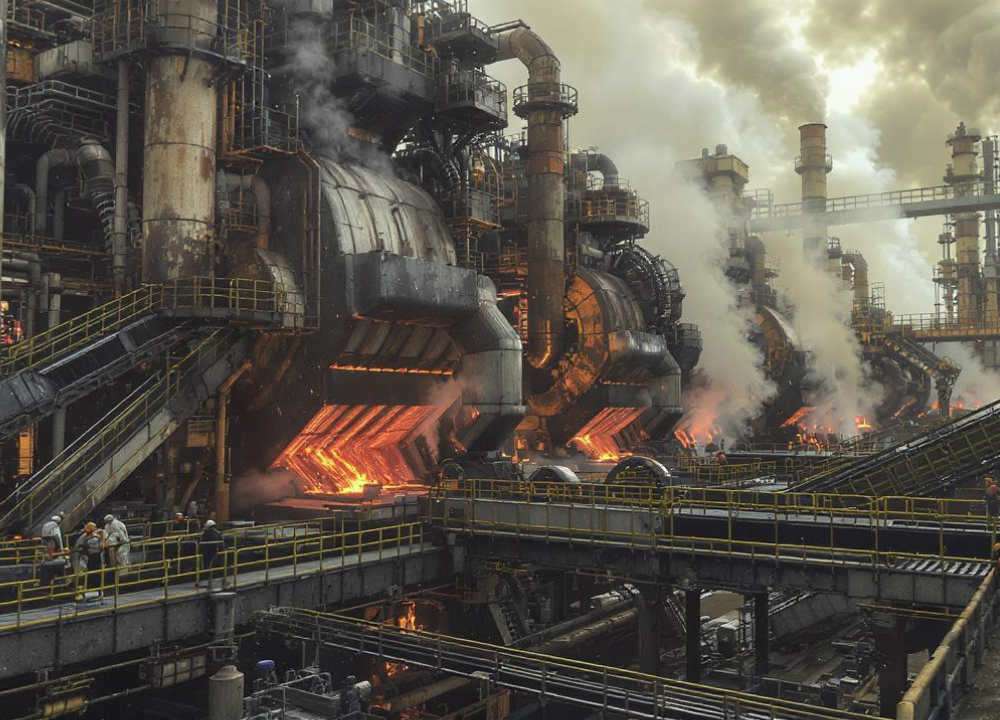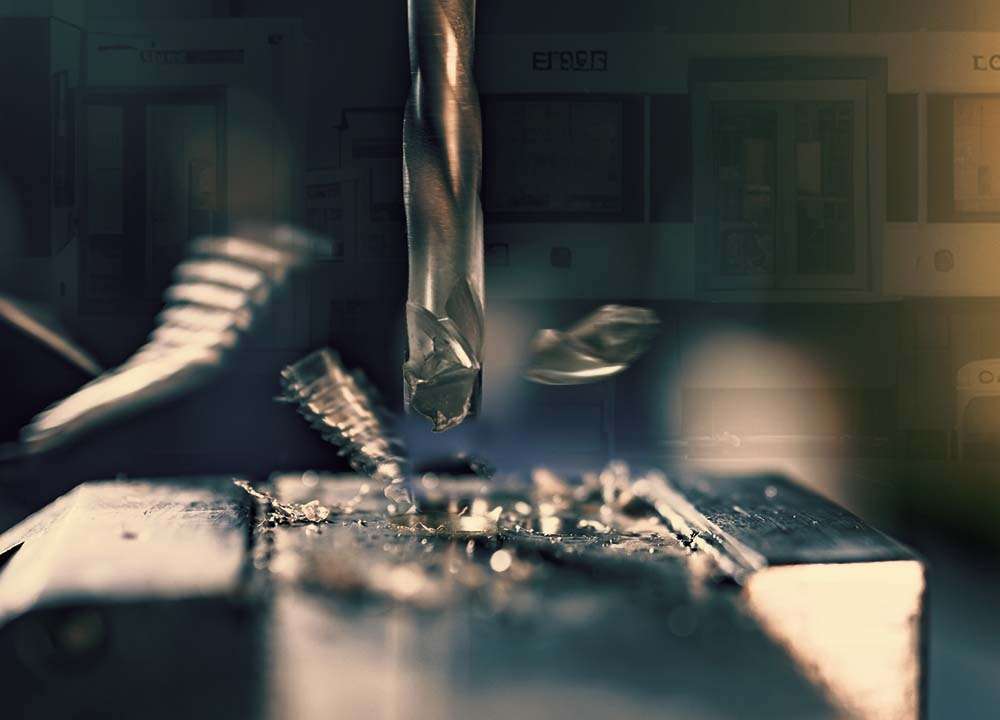Vanya Steels, a part of the A-One Steel Group, is investing ₹100 crore to establish a 10 MW waste-to-energy power plant at its manufacturing unit in Koppal, Karnataka. The facility, aimed at captive power generation, is scheduled to be operational by July 31, 2025.
The project will utilize Waste Heat Recovery Boiler (WHRB) technology to convert industrial waste heat from the steelmaking process into clean electricity. “This initiative marks a significant step toward sustainable manufacturing in the region,” said Krishan Kumar Jallan, Founder and Chairman of A-One Steel Group.
Developed through Vanya Steels, the power plant will capture and reuse heat that would otherwise be released into the environment. The WHRB system will reduce the company’s dependence on grid power, cut operational costs, and significantly lower carbon emissions, aligning with broader environmental and energy efficiency goals.
“Generating green power from waste heat not only minimizes our environmental footprint but also enhances operational resilience. It’s a strategic move that supports community development, boosts our competitiveness, and reflects our commitment to India’s AatmaNirbhar Bharat vision,” Mr Jallan added.
Vanya Steels, a manufacturer of high-quality sponge iron, plays a key role within the A-One Steel Group—one of South India’s leading integrated steel producers. This upcoming power project further underscores the group’s focus on sustainable growth and energy innovation.
Vanya Steels Private Limited, a subsidiary of A‑One Steel Group and active since 2005, specializes in manufacturing sponge iron and semi-processed steel products at its facilities in Karnataka and Maharashtra. The company recently announced a ₹100 crore investment to commission a 10 MW captive waste‑to‑energy power plant using Waste Heat Recovery Boiler (WHRB) technology at its Koppal facility by July 31, 2025 — a move aimed at reducing grid dependency, cutting carbon emissions, and lowering operating costs. This initiative underscores Vanya Steels’ commitment to sustainable manufacturing, leveraging industrial byproducts to generate clean power and support India’s green energy ambitions.








